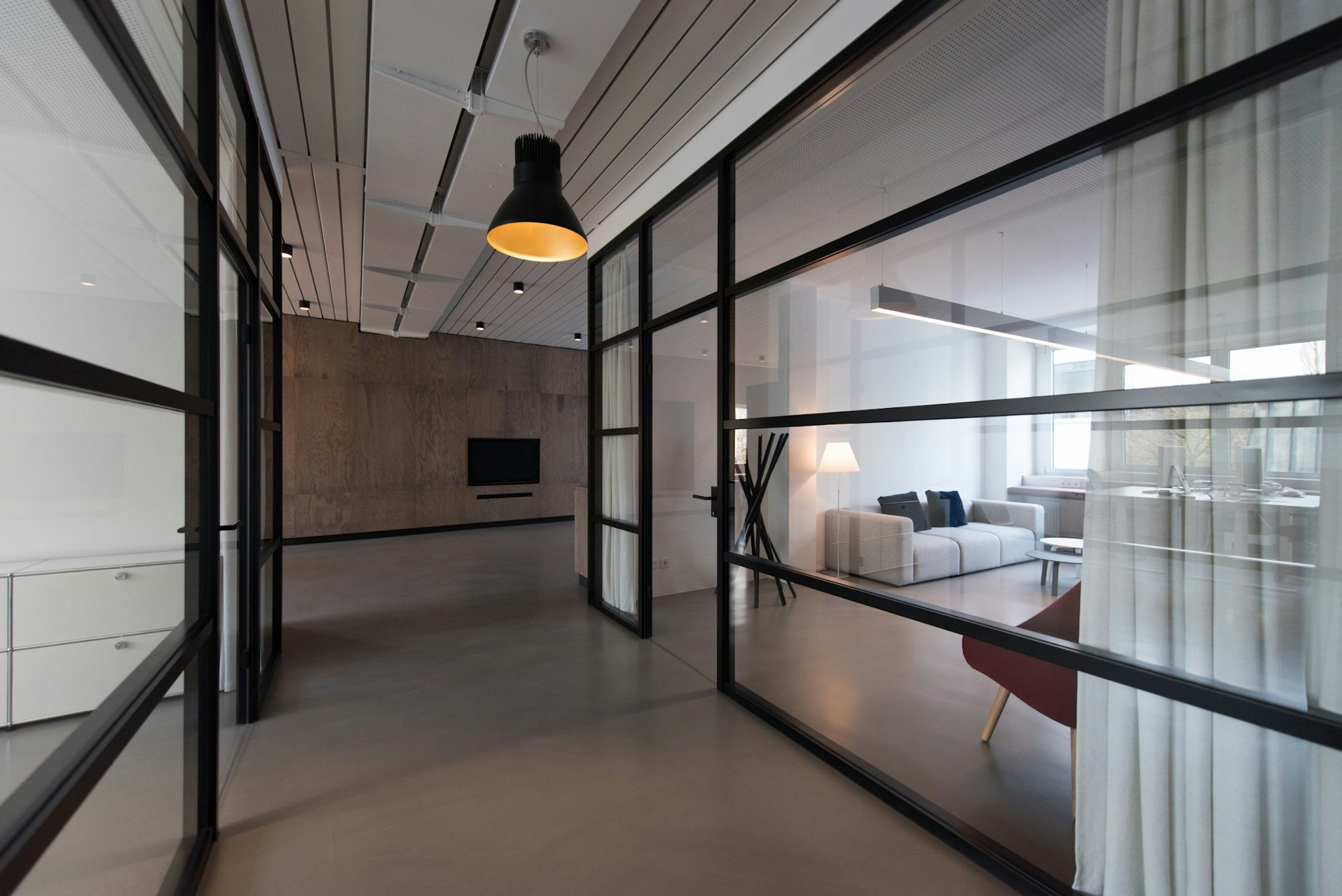How to Evaluate the True Cost of Renting Office Space:
Beyond Monthly Rent

Renting office space is a significant decision for any company. While the base rent may seem straightforward, the true cost often includes hidden expenses that can impact your bottom line.
To evaluate the actual cost of renting office space, you need to consider factors beyond the advertised price, such as property taxes, maintenance fees, and utilities.
A lot of people are quick to dismiss these costs, but ignoring them can lead to lots of problems further down the road.
Understanding Office Space Costs
Office space costs involves various expenses beyond the base rent.
Knowing these costs helps you budget effectively and make informed decisions when selecting a commercial property.
Components of Rental Costs
Base rent forms the foundation of your office space costs.
This is typically calculated per square foot annually and is the bulk of the office expense.
There are additional components to consider, though, and these include things like:
- Maintenance fees
- Utilities (electricity, water, gas)
- Property taxes
- Insurance
- Service charges
These expenses can significantly increase your total costs, so it's super important to keep track of them.
Always ask for a detailed breakdown of all charges when considering a property.
Factors Influencing Rent
Several key factors affect the cost of renting office space.
Here are the 5 most important that you need to consider.
Location
Prime business districts obviously command much higher rent, compared to office spaces that are located outside of cities in business parks.
Size
Larger spaces generally cost more, although it is easier to lock in better prices per square foot for larger premises.
Keep in mind a larger size means higher bills associated with it, even if the deal looks good on the surface level.
Amenities
On-site parking, conference rooms, or gym facilities can increase costs.
The main benefit to amenities is employee satisfaction though, so this is often worth the investment if you can afford it.
Accessibility
Proximity to public transport or major roads may impact pricing.
If the office is highly accessible and has many transport links, employees will be able to get there much more easily.
Market conditions
Supply and demand in the local real estate market influence rates, with market conditions fluctuating all the time.
Consider these factors carefully when evaluating potential office spaces.
Prioritize what's most important for your business needs and budget.
Lease Types and Implications
Different lease types can significantly affect your total costs:
- Gross lease: You pay a flat fee covering rent and most operating expenses.
- Net lease: You pay base rent plus some or all operating expenses separately.
Triple Net (NNN) leases require tenants to cover property taxes, insurance, and maintenance in addition to base rent. This can lead to higher and less predictable costs.
Understand the terms of your lease agreement thoroughly before signing. Negotiate favorable terms that align with your budget and business needs.
Additional Expenses
Be prepared for costs beyond your lease agreement:
- Parking fees
- Repairs and maintenance not covered by the landlord
- Common area maintenance charges
- Security deposits
- Moving expenses
- Office furniture and equipment
Utility costs can vary widely depending on your office size and usage. Request historical utility data for the space to estimate these expenses accurately.
Consider potential hidden costs like after-hours HVAC charges or fees for using shared facilities. Ask your landlord for a comprehensive list of all possible expenses to avoid surprises.
Strategic Consideration for Office Space
When renting office space, it's crucial to think beyond just the monthly rent.
You need to consider how the space aligns with your business goals, evaluate features and facilities, negotiate favorable terms, and plan for future growth.
Aligning Office Space with Business Goals
Your office space should reflect and support your company's objectives. Consider your industry requirements and how the location impacts your brand image. For tech startups, an innovative coworking space might be ideal. For law firms, a professional private office in a prime location could be more suitable.
Think about client accessibility. Is the office easily reachable for your target market? For retail-focused businesses, foot traffic might be crucial.
Employee satisfaction matters, too. Choose a location that's convenient for your staff, potentially near public transportation or with ample parking.
Consider how the space accommodates your current team size and allows for potential growth. Flexibility is key, especially for startups and rapidly expanding companies.
Planning for Long-Term Needs
While immediate requirements are important, factor in your company's future growth. Consider:
- Potential team expansion
- Changing workspace trends in your industry
- Technological advancements that might affect space needs
If rapid growth is expected, look for spaces with expansion possibilities or opt for shorter-term leases with relocation options.
Consider how your office needs might evolve. Will you require more meeting rooms as you take on larger clients? Might you need a larger break room as your team grows?
Evaluate the building's long-term viability. Are there plans for renovations or upgrades that could affect your operations? Is the area likely to remain suitable for your business in the coming years?